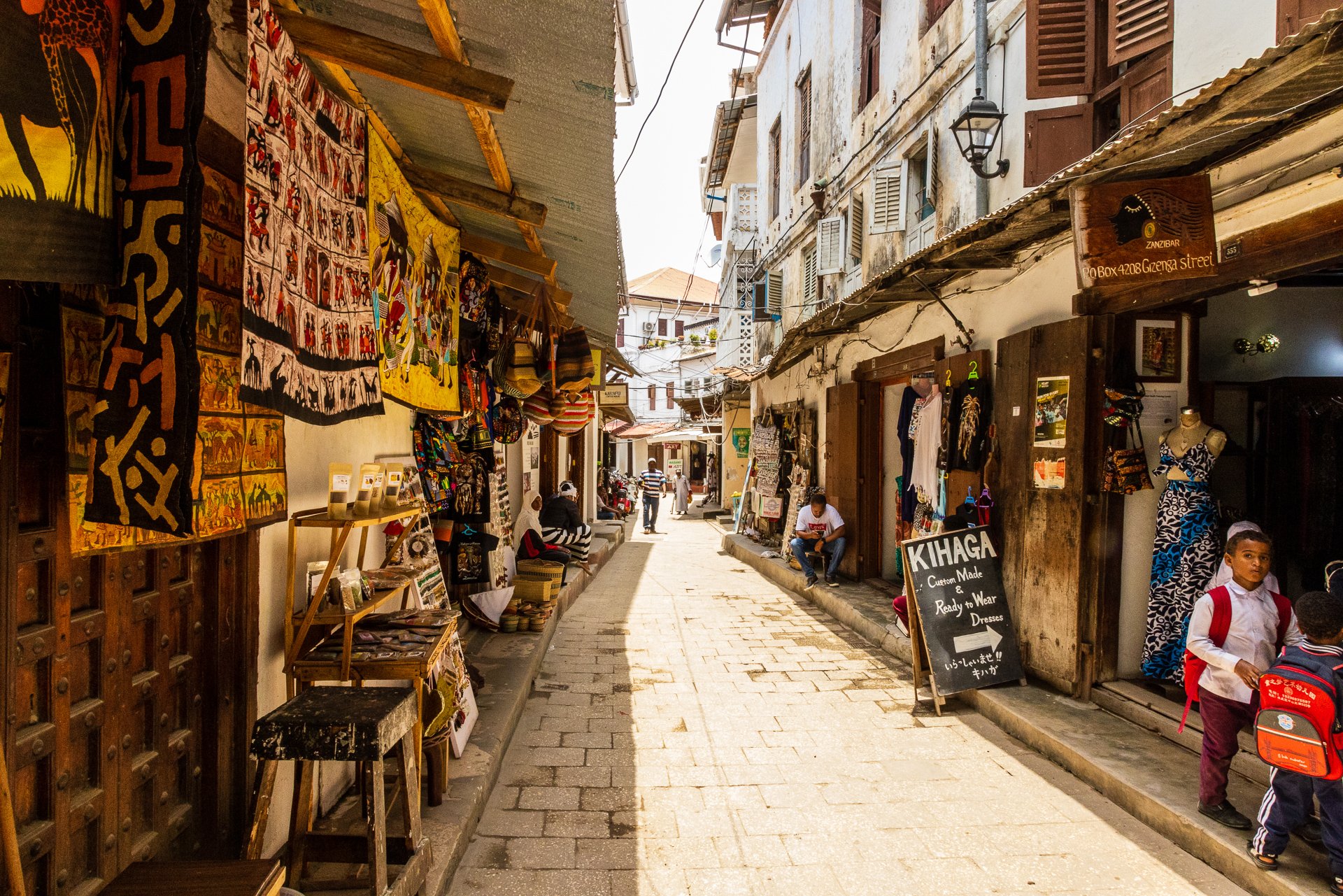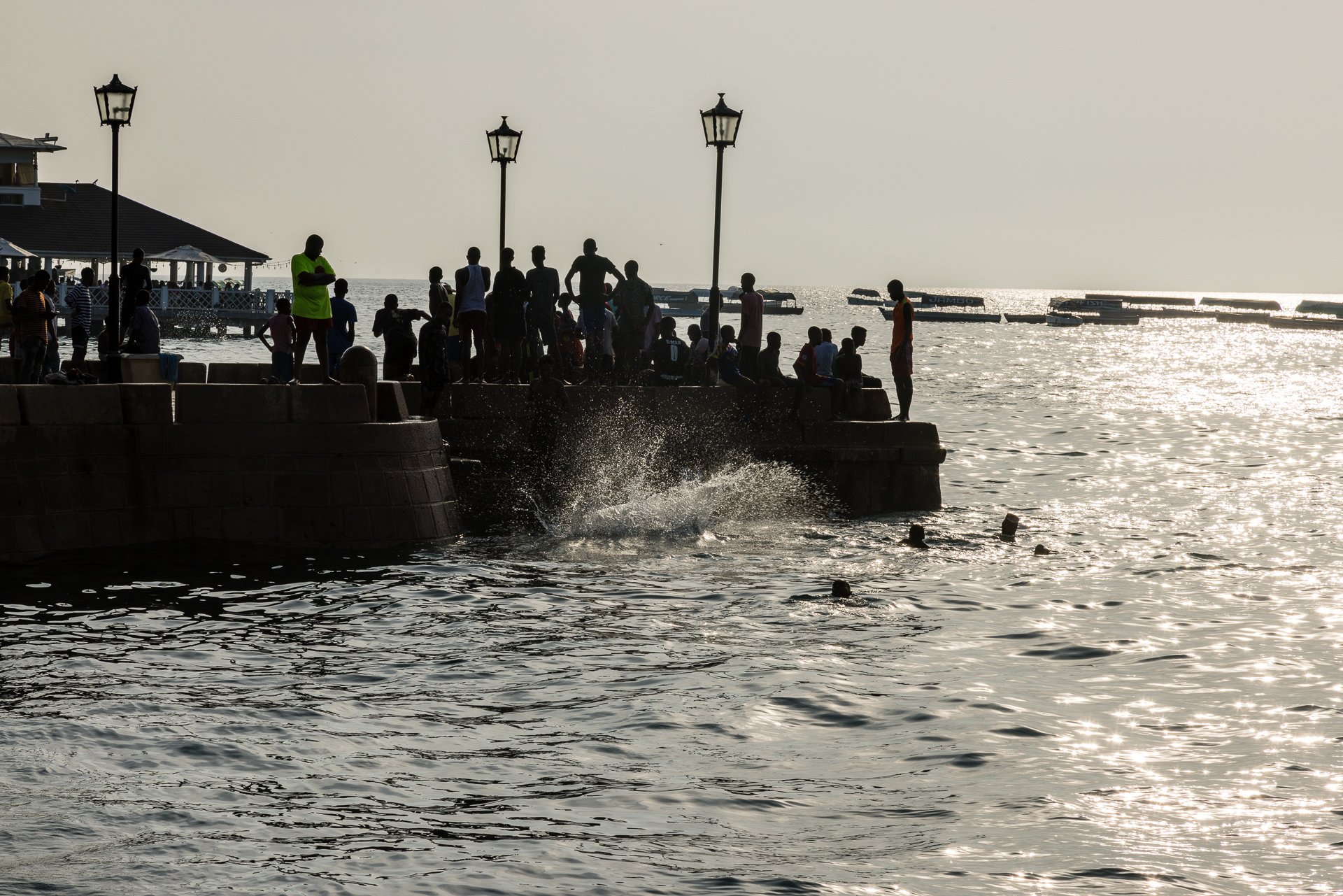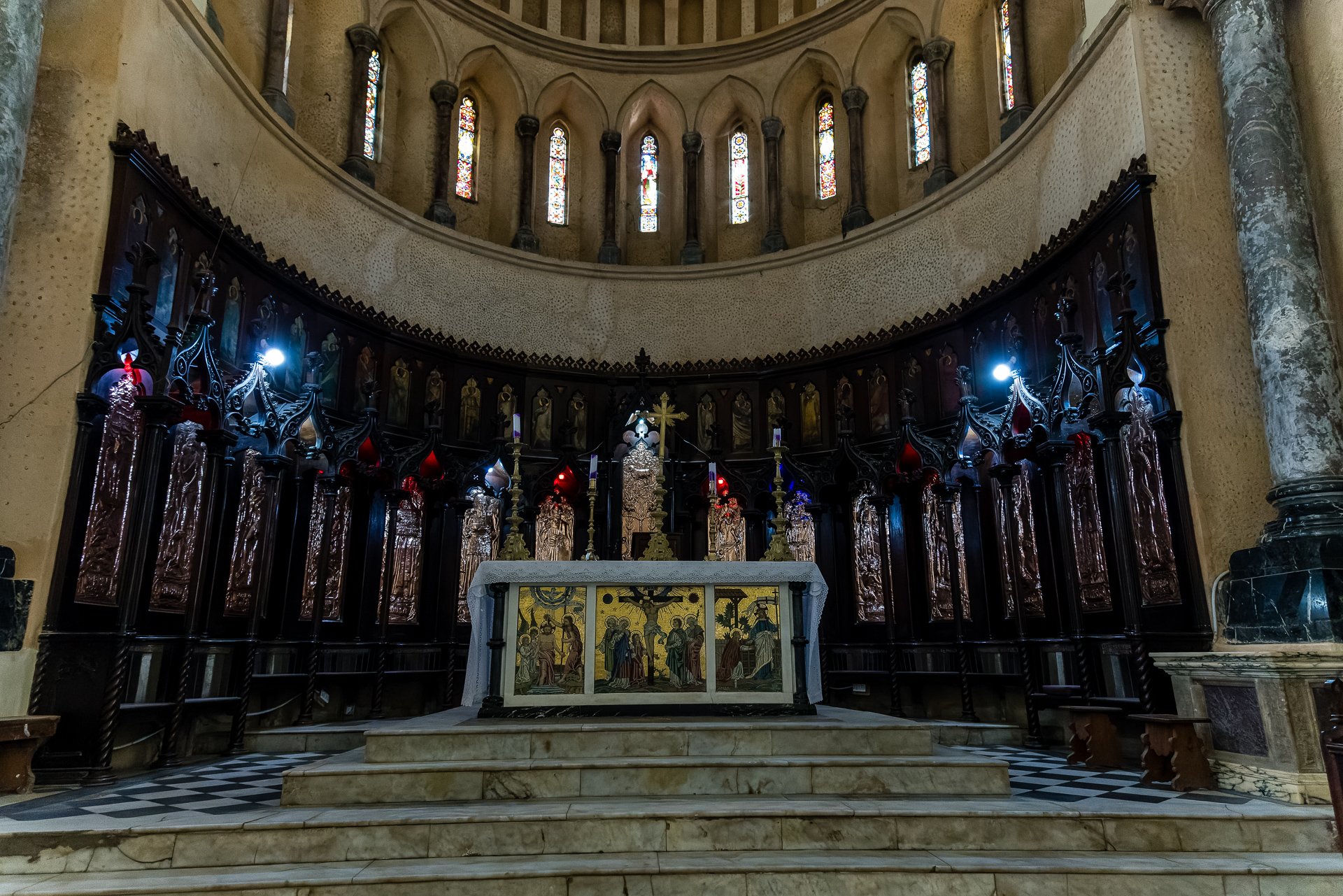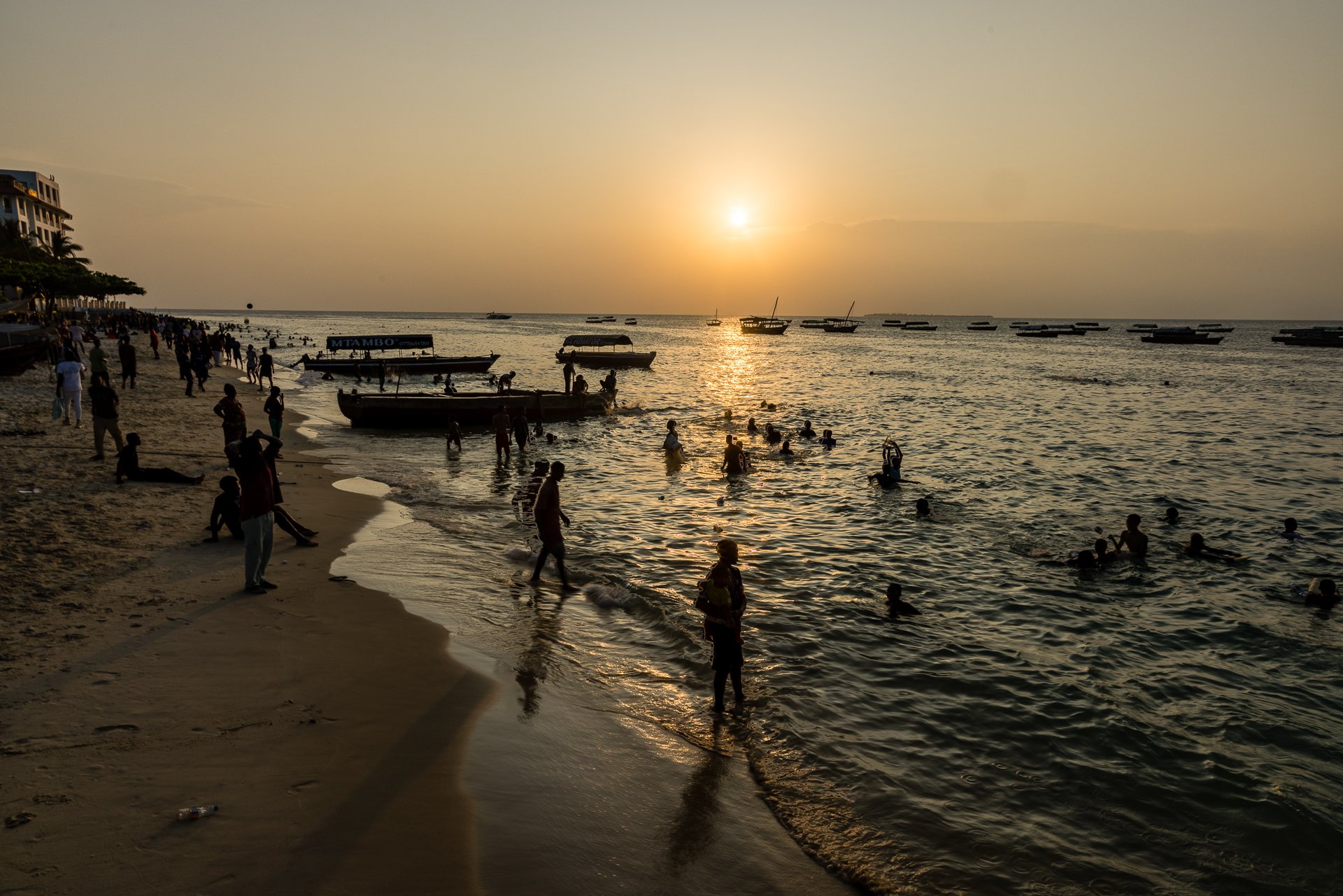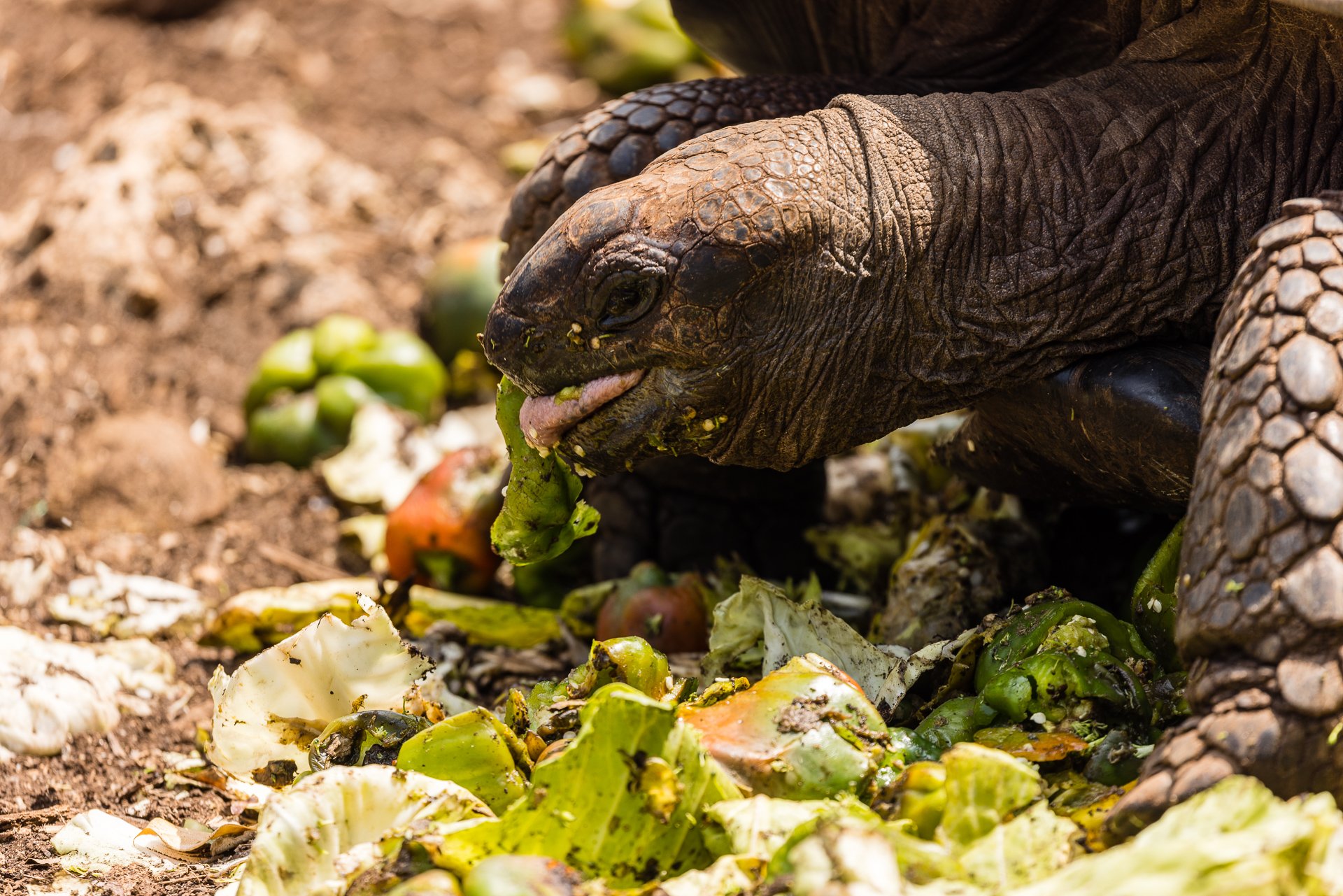Stone Town
Called Mji Mkongwe in Swahili, Stone Town is a district of the larger Zanzibar City, Stone Town has been the capital of the spice trade and the east african slave trade up until the 20th Century. A UNESCO world heritage site due to the blended architectural heritage bringing inspiration from Arab, Persian, Indian and European settlers. Stone Town is a maze of narrow streets with shops, bazarrs and buildings chaotically scattered along them. Its an organic system of heaving, changing fourishing arteries.
Sights & Culture
Old Fort
The oldest building in Zanzibar, Boma la Kale la Zanzibar stands facing the water with Forodhani Gardens in front of it and the warrens of Stone Town behind. In its long life it has been a fortification, a garrison, a prison, a barracks, a second prison and a railway depot connecting to the town of Bububu (named for the sound of the train).
In more recent years, the Fort has become a central hub for tourism with the front desk hosting the Zanzibar Tourist Bureau, and inside, curio shops, a restaurant, artists in resident in the towers and an open air amphitheatre where locals perform and dance most evenings.
Tippu Tip’s House
A historical building in Suicide Alley in Stone Town, Tippu Tip was a merchant and infamous slave trader lived until his death in 1905. The building is not open to visitors, and has been described as “the most magnificent squat in all of Africa” but the outside, though weather beaten and in disrepair still alludes to the weath of Tippu Tip.
Old Portugese Arch
A historical landmark on the main route into and out of Stone Town, the Old Portugese Arch has little information, but is a striking piece of architecture, and marks the entrance to a small garden.
Rondo Portowe
Roundabout marking the symbolic start of Stone Town.
Old Dispensary
One of the most beautifully decorated buildings in Zanzibar, Ithnashiri Dispensary was finally completed in 1894 and is one of the most elegant buildings in Zanzibar. It was in 1900 when Haji Nasser Nurmohamed decided the ground floor would be used as a dispensary, and the upper floors partitioned as apartments. After more than 30 years of decay following the Zanzibar Revolution, the dispensary was restored in 1994 by the Tanzanian Government and it now sits proudly facing the waters once more.
Sunset Jump Point
As the sun goes down, but before the heady heat of the day departs, scores of locals, mostly teens head to the Jump point near to the Foodhani Gardens to leap out into the clear waters of Stone Town.
Museums & Galleries
East Africa Slave Trade Exhibition
The museum operates around the Anglican Cathedral in Stone Town. You have to be accompanied by a guide, who are waiting next to the entrance and will give you the tour and tell you the history. The Slave Market operated for a long time out of this location and every year approximately 50,000 slaves were sold. When the cathedral was constructed, an attempt to shut down the slave markets in 1873 by the British merely led to them ending up in a new location. Unlike the transatlantic slave trade, the museum spreads culpability for the horrors more evenly across Europe, India, the middle east and east Africa itself. In one notable except, a woman who was mistakenly made a slave, when freed and given compensation announced her intention to use that money to buy herself slaves. British pressure on Zanzibar led to the eventual abolishment of Slavery in 1897, though many slaves remained enslaved into the early 20th century.
The museum is essentially four parts.
Anglican Church
When the slave market was in full force, slaves would be brought out and tied to a tree and whipped to test their mettle. The whipping tree’s location is marked by a circle of stone in the centre of the alter space in the Cathedral. The red-stained marble was chosen specifically to represent the years of bloodshed on the spot. The church is still fully operational and runs services every day.
In the church's construction, 12 of the pillars were installed upside down and remain upside down to this day.
Exhibit
In one of the main buildings, a timeline of slavery shows how Zanzibar grew and prospered by being the East African hub for slavery. Individual stories are scattered amongst the more historical information on the boards.
Slave Quarters
Underneath the exhibition space are the slave quarters, two small rooms, one housing up to 100 slaves and the other 70 on raised stone platforms. Tiny windows kept a limited amount of air. Between the two spaces, a single ‘larger’ stone platform surrounded on three sides was for the slave master, a slave himself, but one with modest advantage. The space is low, cramped and uncomfortable with a few tourists. It is unimaginable how it must have been for dozens on dozens of people pressed together.
Memory for the Slaves
Constructed in 1998 by Clara Sörnäs a Swedish sculptor working locally it is five stony bodies rising from a pit, chained together, their gazes cast down.
Freddie Mercury Museum
On one of Stone Towns’ main streets, the Freddy Mercury Museum is quite expensive at 18,000 Shillings to enter its two rooms. Made primarily of photos of Freddie’s life and some stories from school friends there are a few pieces of memorabilia, like jackets and a piano. There’s also a deliberate avoidance of his battle with HIV and no acknowledgement of his sexuality.
People's Palace Museum
It took two attempted visits before I made it into the People’s Palace Musuem. Officially, it was closed for renovation, and most of the exhibits inside had been moved out to another museum outside of the city, however, one of the people working there offered to give me a tour anyway for a discounted rate. The Museum is the Sultan’s palace where he and his family lived. Walking around through the empty rooms, with steel cables holding parts of it together for refurbishment was a strange experience. More like exploring an abandoned house than a museum.
Peace Memorial Museum
Closed to make the most of Covid to do some repairs and refurbishment. The outside is still worth a look.
Parks & Gardens
Forodhani Gardens
Runnning along the waterfront and facing the Old Fort, the House of Wonders and the People’s Palace, the Forodhani Gardens are a popular meeting place for locals and tourists. A few cafes dot the gardens and at night he famous food market opens.
Public beach
All the way around Stone town, on the west and south sides of the city, there are public beaches. The tour boats dot the beach and waterfront but its genreally easy to find somewhere to lay out. It can be surprising though how close the larger ships are moored to the public beaches.
Shagani Gardens
A small stretch of grass near the beach where locals play a bit of football.
Restaurants & Bars
Baboo Beach Cafe
Sat looking over the ocean, the Baboo Beach Cafe is a pleasant place to stop.
al Casbah
Reasonably close to the Slavery Museum, Al Casbah is a Tunisian restaurant offering really exceptional food, home made by the owner and total foodie. Its not a place you’ll get mass-produced things like Coca-Cola, instead let the chef create a signature fruit juice for you.
The Sunset Bar
Named for its terrace overlooking the western ocean, the Sunset bar is above what was once the British Club, home away from home to wealthy ex-pats and their wives. The food wasn’t incredible, but the view more than makes up for it.
Zenji Garden Cafe
Found in Forodhani Gardens, the Zenji Garden Cafe’s umbrellas offer refuge from the sun and the milkshakes help cool you down.
Vivi Cafe
Set in the grounds of the old fort, Vivi offers an excellent spot as the sun starts to go down to watch the young dancers practicing on the stone stage.
Stone Town Cafe
Surprisingly large and just off the main road through town, they have good wifi, good food and helpful staff.
6 Degrees
One of the best restaurants in Stone Town and well worth a visit, though the price is comparatively high. The food and atmosphere are both excellent.
Livingtone Beach Bar
A stopping point for us one evening after dinner, we listened to some smooth jazz by a live band whilst sitting on tables on the beach.
Nightmarket
The Forodhani Gardens turns into a bustling night market after dark with food sellers setting up tables and serving a vast array of food types. Despite only just having dinner a few members of our group gravitated to the crepe seller immediatly. Well worth a visit.
Karafuu Coffee House
Perhaps the most hipster venue in Zanzibar, Karafuu Coffee House offers really excellent coffee, wifi and power sockets for anyone needing the vibe of writing their screenplay in a Starbucks back home.
The Rock Restaurant
Iconic, the Rock is a restaurant built on a rock in the ocean. Arriving at low tide, we walked out over the seaweed-scattered beaches and found a table looking out over the ocean. The food was great and much of it was served in hollowed-out coconut shells. Once done with our meal, the risen tide meant we had to take a small boat back across the short distance.
Sports & Activities
Changuu Island Tour
Organised through my hotel, I was taken by one of the small boats across the short five kilometers of water to “Prison Island” also called “Quarantine Island’. Billed as a half day tour, my guide seemed to have other plans and so I was done in only a few hours. Bought by the British Governer in 1893 the Prison was constructed but never used, but instead became a quarantine station for Yellow Fever patients. Since then it became a hotel for tourists.
Changuu Beach
You land on a wide sand beach, and those who have a full half day will get the chance to swim or snorkel amongst the coral reef. It is a very popular tourist spot, so your boat will be one amongst many.
Old Prison Building
A short distance up the beach is the hotel complex, which is currently closed. Terracotta colours dominate the ex-prison with smaller buildings scattered around. The old prison is in disrepair, but the impression is its maintained in this state to show it off, rather than being ignored. Prison or Quarantine, its a picturesque location to stay.
From time to time you’ll see antelopes or peacocks. Neither native to the island, but like the Giant Tortoise, imported by the island’s owners.
Giant Tortoise Reservation
In 1919, the Governor of Seychelles donated four specimens of Aldabra giant tortoises. They’ve thrived on the island and, so by 1955 the total number of giant tortoises from Prison Island Zanzibar increased to 200. The staff clearly care for the tortoises, but there is negligence to their independence. Tourists are allowed to touch and poke at the creatures as well as feed them.
Mango Travel Full Day Tour
I was looking for something that took me all around Zanzibar and showed me some of the highlights but wasn’t a tour that spent time in Stone Town as I’d explored that pretty well on my own. I ended up booking with Mango Travel. Overall the tour was great, but the only real issue was there were two of us on the tour and her hotel was in the far north, Nungwi Beach, and I was in Stone Town, so both the start and end of the tour took a lot of my time. The tour sells itself well.
Learn about Zanzibar's wildlife and its cultural history with this private tour, which combines time in nature with the chance to hang out at The Rock, a famous restaurant on its own island. You'll take a dolphin-spotting cruise, look for red colobus monkeys at Jozani Chwaka Bay National Park, learn about Swahili history at Kuza Cave, and do some swimming and sunbathing at Paje Beach.
Dolphins
The first stop is heading out on a boat to find the Dolphins. Jumping into the water to see them up close if you’re fast enough, or staying on the boat to see them surface. I didn’t have my GoPro with me, so the only photos were taken from above, but it was a lot of fun. The dolphins get chased by a lot of boats, though they are careful to keep a circular distance, and the swimmers and snorkelers splash around. It’s safe to assume the dolphins are enjoying the attention as escape would be extremely easy and they return to the same spots every day, Clearwater Bay in Matemwe Beach.
Chapwani Sand Bank
A short distance from the Dolpines favourite swimming waters, the Chapwani Sand Bank is a common tourist spoke. A wide expanse of sand raised up out of the water. Enterprising locals walk the small sandbank with coolers filled with beer and softdrinks for sale.
Jozani Chwaka Bay National Park
The park is extremely humid, but the lush vegetation does little to hide the dozens of families of monkeys who live in the forest. Occasionally you’ll pass by a house as you’re guided along the forest trails, but more commonly a monkey will appear in front of you.
Vervet Monkey
Zanizbar Red Colobus Monkey
Jozani Forest National Park Mangrove Walk
A kilometre or two, on a wooden walkway lets you experience the mangrove swamp without impacting the delicate ecosystem. The roots and trunks of the trees and the deep black mud made this a strange experience. If you look closely you’ll see brightly coloured crabs.
Kuza Cave
Once home to sacred healing ceremonies, the Kuza Cave is now a place for tourists to swim in the dark, clear waters of the cave. Ducking under rocks and taking careful steps down to reach it, the location retains some of its mysticism, even now.
Paje Beach
One of many beautiful beaches around Zanzibar, the ocean waters as incredibly warm until you get quite a long way out. Boats, jetskis and parasailors are everywhere.
The Rock Restaurant
Iconic, the Rock is a restaurant built on a rock in the ocean. Arriving at low tide, we walked out over the seaweed-scattered beaches and found a table looking out over the ocean. The food was great and much of it was served in hollowed-out coconut shells. Once done with our meal, the risen tide meant we had to take a small boat back across the short distance.

